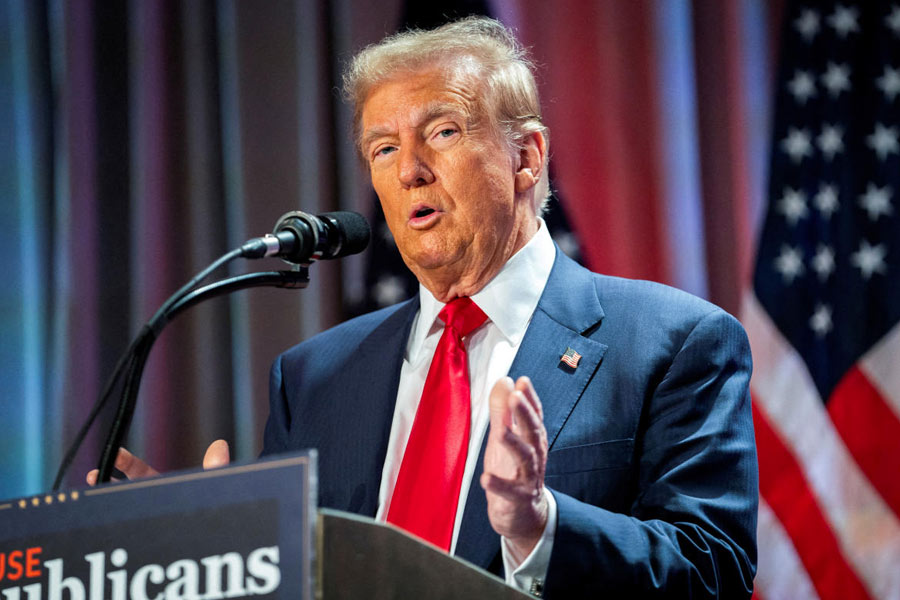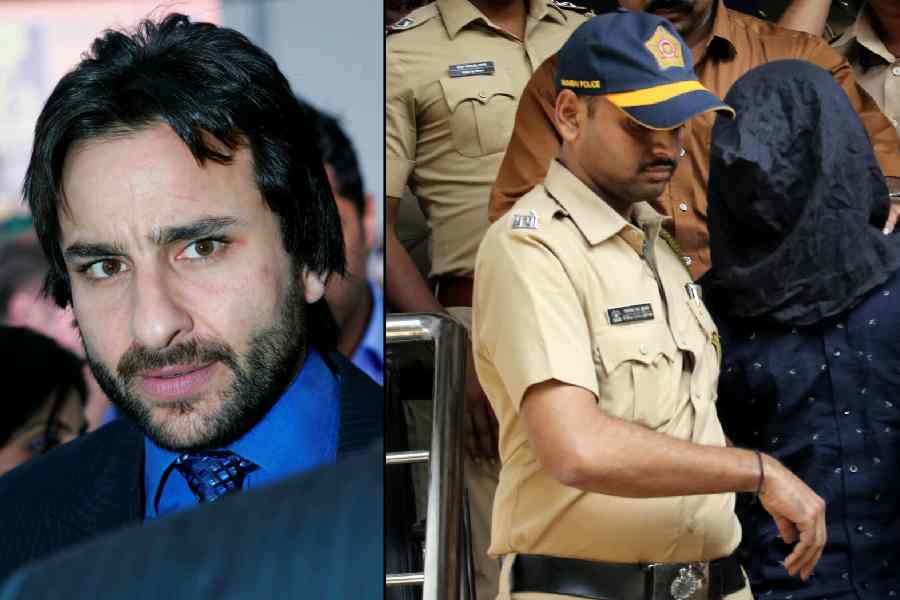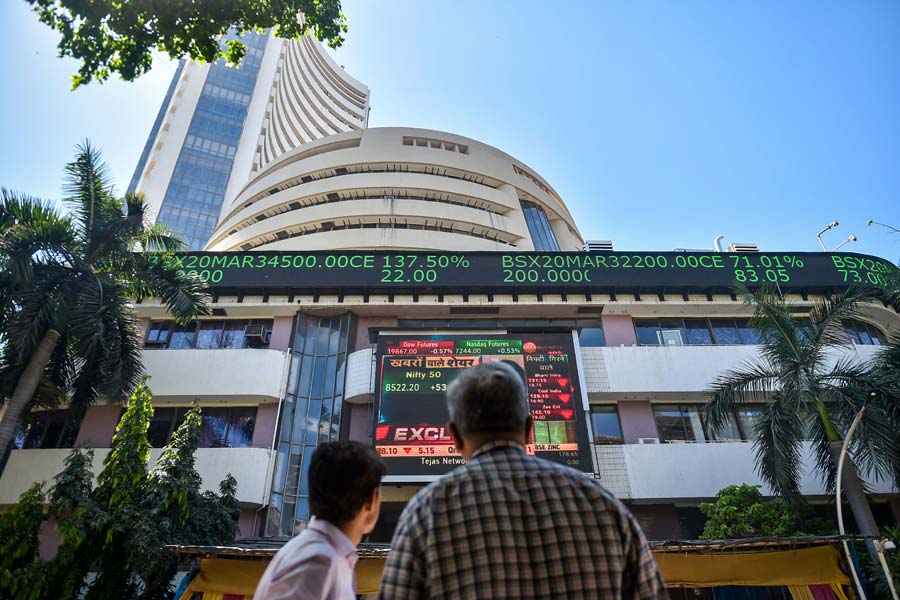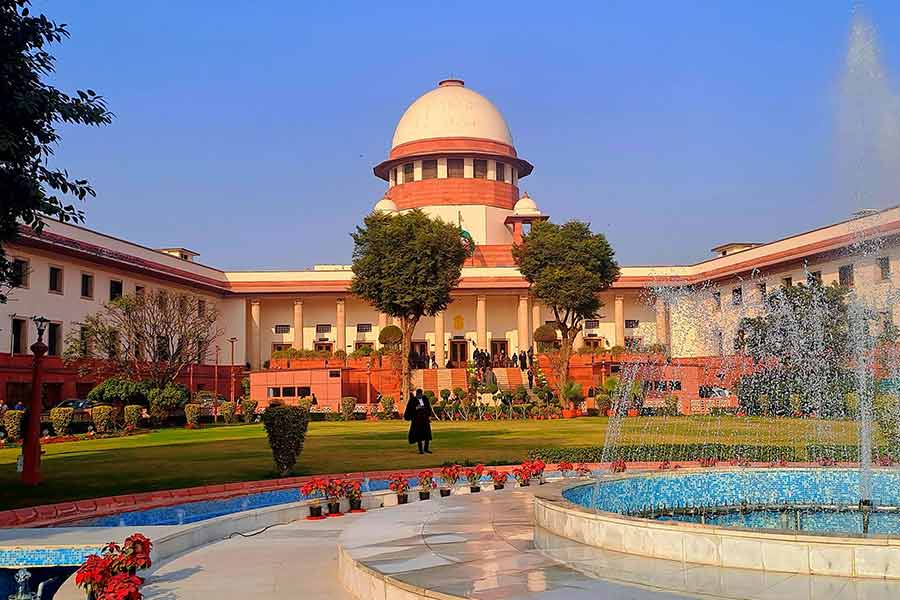Sir — According to a study conducted by scientists at Otago University, the legendary Loch Ness monster may be a giant eel. It is interesting how a mythical creature has attracted the attention of scientists, who usually draw firm lines between fact and fiction. But Nessie, as the Scots like to call the creature, is not the first to evoke scientific interest. In April, an expedition team of the Indian army claimed to have spotted footprints of the mythical Himalayan beast, the Yeti. The latter had, in the past, made scientists curious, and a licensed hunt by the Nepal government had been sanctioned.
Sanya Khan,
Calcutta
Big loophole
Sir — In his article, “Risky state” (Sept 3), Ashok V. Desai has pointed out that one of the reasons for an increase in non-performing assets in nationalized banks is their lack of judgment in lending credits. It is true that banks give loans to farmers and small businesses to comply with government policy on priority sector lending. A bulk of these loans turn into bad debts. However, the proportion of NPAs in the priority sector is lower than the losses incurred on account of loans given to big industrialists. The latter enjoy the support of powerful politicians; as a result, banks find it difficult to recover loans from them. Without the help of ruling politicians, could Vijay Mallya and Nirav Modi have fled the country so easily after their loan default scams came to light?
Desai’s solution for saving nationalized banks by privatizing them will not work. Once the banks are privatized, neither the government nor ordinary people will have stakes in them.
Cronyism and big industry will reign supreme, and priority sectors will inevitably suffer. Would that be desirable in a democratic country?
Sanjit Ghatak,
South 24 Parganas
First priority
Sir — Just a few days have passed since the implementation of the new Motor Vehicles (Amendment) Act, 2019, and drivers have already started to complain about it (“Unruly”, Sept 11). Some are of the opinion that the penalties are too high while others have suggested that alternative penalty modes must be brought in. These people are least bothered about endangering human life on the roads and more concerned about the penalty they might incur if they get booked for an offence. Why can they not simply adhere to traffic rules?
The fines and stringent regulations are necessary for enhancing road safety. Most developed nations are known to levy hefty fines on those who break traffic rules even though those countries witness fewer road accidents in comparison to India. It is alarming that in 2015, 50 per cent of the 1.5 lakh road fatalities in India involved people in the age group of 18 to 34 years. While announcing the new bill, the Union minister for road transport and highways, Nitin Gadkari, had said that the intent was not to collect more money but to prohibit people from violating traffic norms.
One hopes that these steps will reduce road and highway accidents. At the same time, the government must build better roads and design smoother traffic management systems.
Electronic challan systems that are CCTV-enabled should be introduced at all traffic signals. Stern action should be taken against contractors who compromise on road quality to make profits.
M. Pradyu,
Kannur
Sir — The hike in fines for traffic violations is unreasonable. It is true that a paltry penalty of Rs 100 was not enough to deter people from breaking traffic rules. But the steep hike might encourage corruption; rule-breakers might find it easier to pay a part of the fine amount as a bribe to the traffic police rather than pay the full sum and then go through cumbersome court proceedings. Regular traffic fines should not exceed Rs 500. For more serious offences such as drink driving or minors taking the wheel, the penalty amount can be between Rs 5,000-Rs 10,000. Certain violations are often inadvertent; for instance, vehicles might not be able to brake in time before a zebra crossing on account of a sudden change in the signal light. New rules must be made for such cases. The need of the hour is the reduction of congestion on roads and parking spaces, caused by the ever-increasing number of vehicles on the streets.
Madhu Agrawal,
Dariba, Delhi










